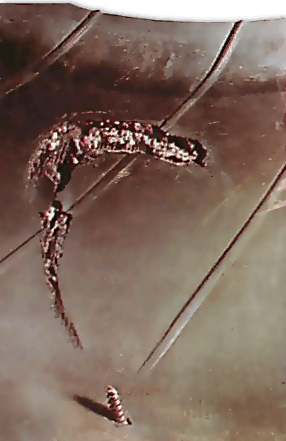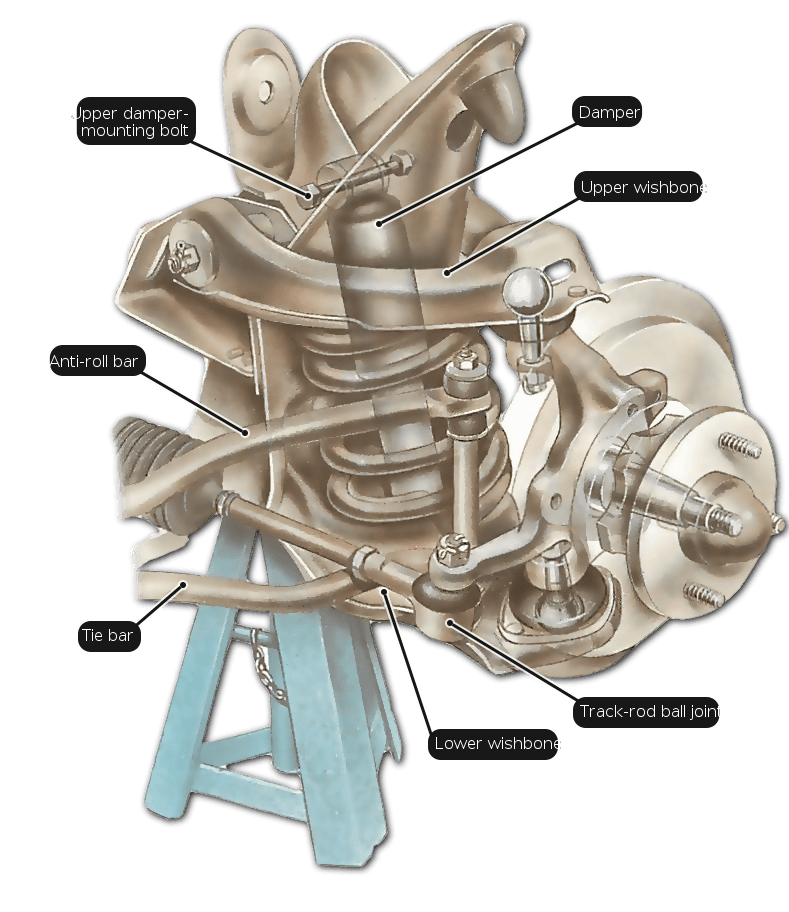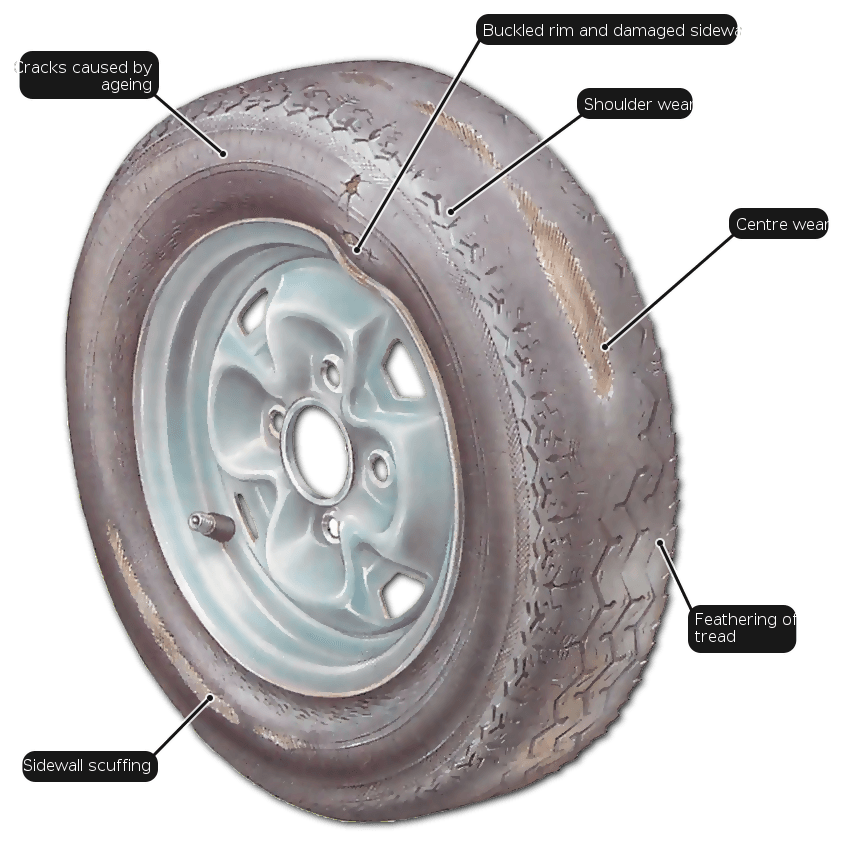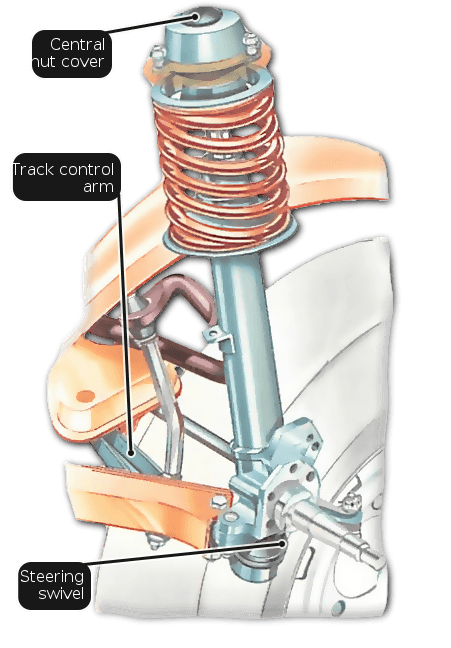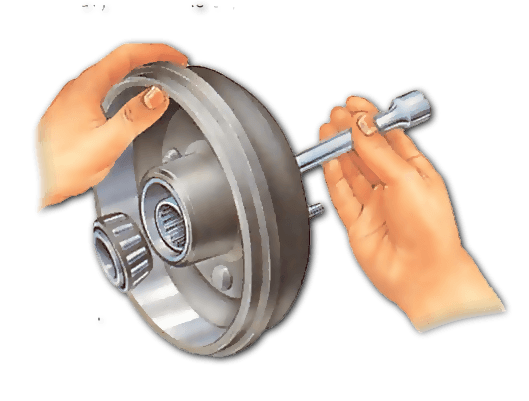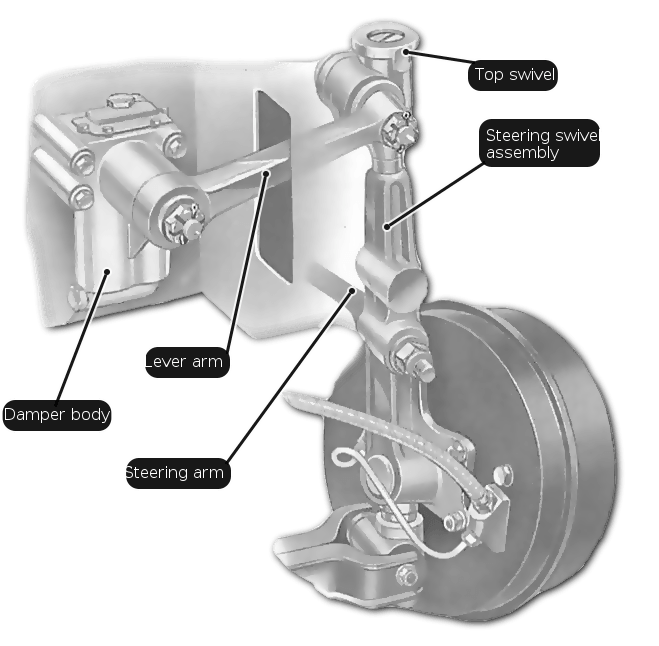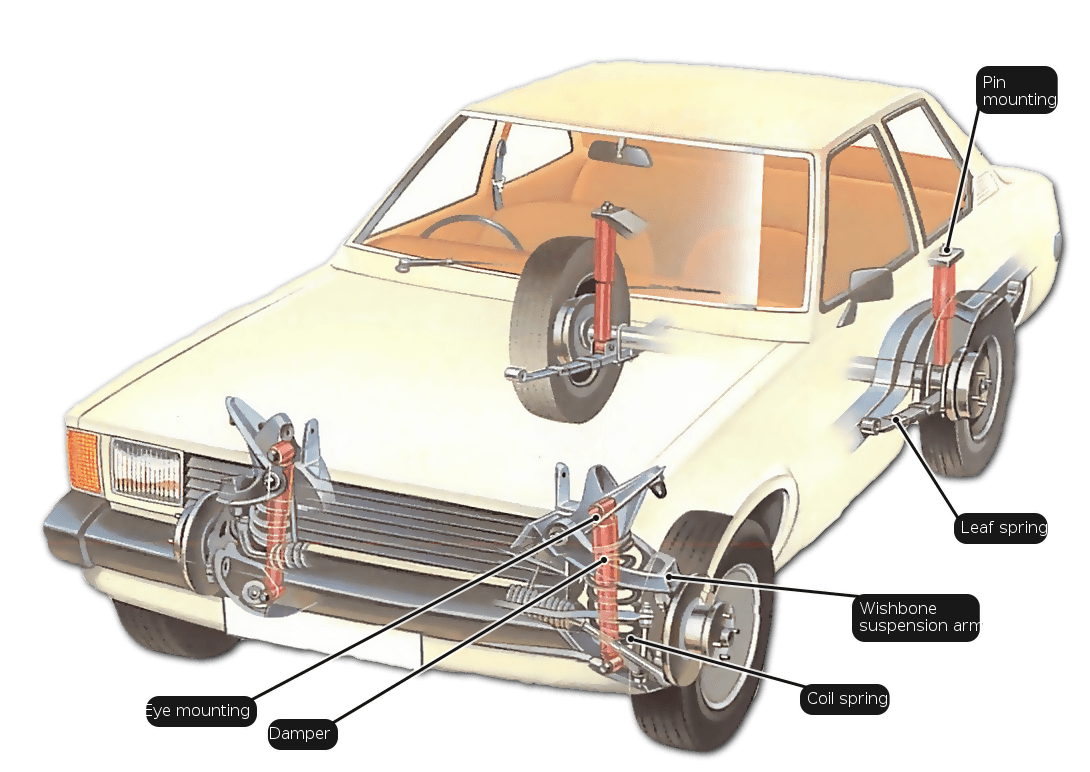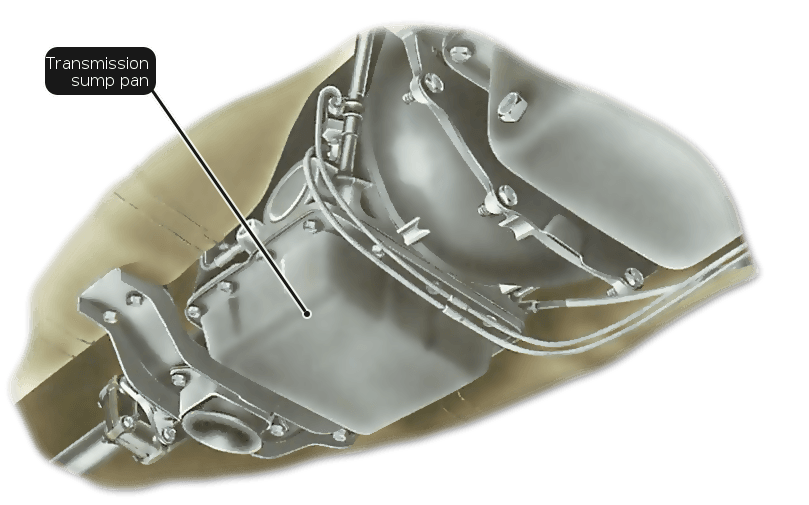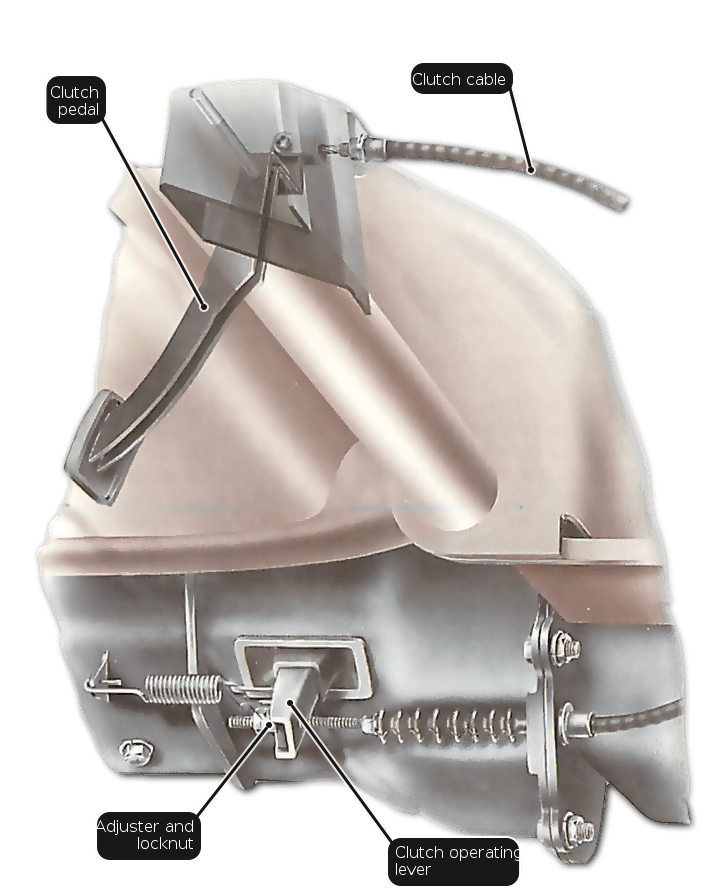Avoiding tyre and wheel damage
Tyre penetration by a screw can cause irreparable damage. Striking a kerb could have caused this internal rupture. Kerbing will also damage and weaken the outer sidewall. Fitting too wide a tyre may cause bodywork interference. A nail or screw through a tyre not only causes gradual deflation, but the point may damage the interior wall as the tyre flexes against it, leading to eventual fracture of the carcass. A tyre with a sidewall penetration cannot be repaired satisfactorily. An internal rupture can result when a tyre hits a kerbstone…
Read More